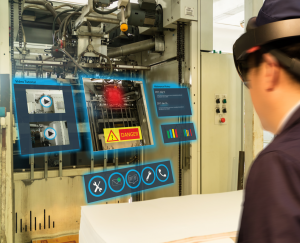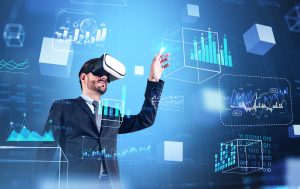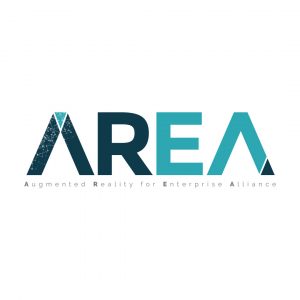How Secure Is Your AR Deployment?

That’s why the AREA developed the AR Security Maturity Self-Assessment: a free, practical tool to help organizations benchmark their AR security posture. Whether you’re just starting with AR or scaling up, this assessment guides you through key domains such as device management, data protection, user authentication, and incident response.
How does it work?
The self-assessment is structured around best practices and real-world scenarios, drawing on AREA’s extensive research and member expertise. You’ll answer questions about your current policies, controls, and processes. At the end, you’ll receive a maturity score and tailored recommendations for improvement.
The assessment covers five critical domains:
1. Device Management: How do you provision, update, and manage AR devices throughout their lifecycle? This includes everything from initial setup to decommissioning, ensuring devices remain secure and compliant with organizational policies.
2. Data Protection: What measures are in place to protect sensitive data processed by AR applications? This encompasses encryption, data classification, access controls, and data residency requirements.
3. User Authentication: How do you verify user identities and manage access to AR systems? Strong authentication mechanisms are crucial, especially for shared or multi-user AR devices.
4. Network Security: How do you secure communications between AR devices and enterprise systems? This includes network segmentation, traffic monitoring, and secure connectivity protocols.
5. Incident Response: Do you have procedures for detecting, responding to, and recovering from AR-related security incidents? Preparation is key to minimizing impact and ensuring business continuity.
Why take the assessment?
- Identify gaps in your AR security strategy before they become vulnerabilities
- Prioritize actions based on risk and organizational maturity
- Access AREA’s library of security infographics and webinars for deeper learning
- Benchmark your progress over time as your AR program matures
- Connect with AREA’s community of security professionals and practitioners
The assessment isn’t just about identifying weaknesses—it’s about building a roadmap for improvement. Each domain includes specific recommendations and links to additional resources, including AREA’s comprehensive security framework and best practice guides.
Real-world insights from AREA members show that organizations using the self-assessment report improved security posture within 6-12 months. One manufacturing company discovered critical gaps in their device management processes, leading to a complete overhaul of their AR deployment strategy. Another enterprise found that their incident response procedures didn’t account for AR-specific scenarios, prompting the development of new protocols.
Next steps:
After completing the assessment, explore AREA’s fireside chats and video resources for expert insights and case studies. Security is a journey, not a destination—start yours with a clear map.
The assessment takes approximately 30-45 minutes to complete and provides immediate results with actionable recommendations. It’s designed to be revisited quarterly or after significant changes to your AR environment.
Remember: AR security isn’t just about protecting data—it’s about protecting people, processes, and your organization’s reputation. In an era where AR is becoming mission-critical for many enterprises, security can’t be an afterthought.
Take the first step toward securing your AR future. Your assessment awaits.






